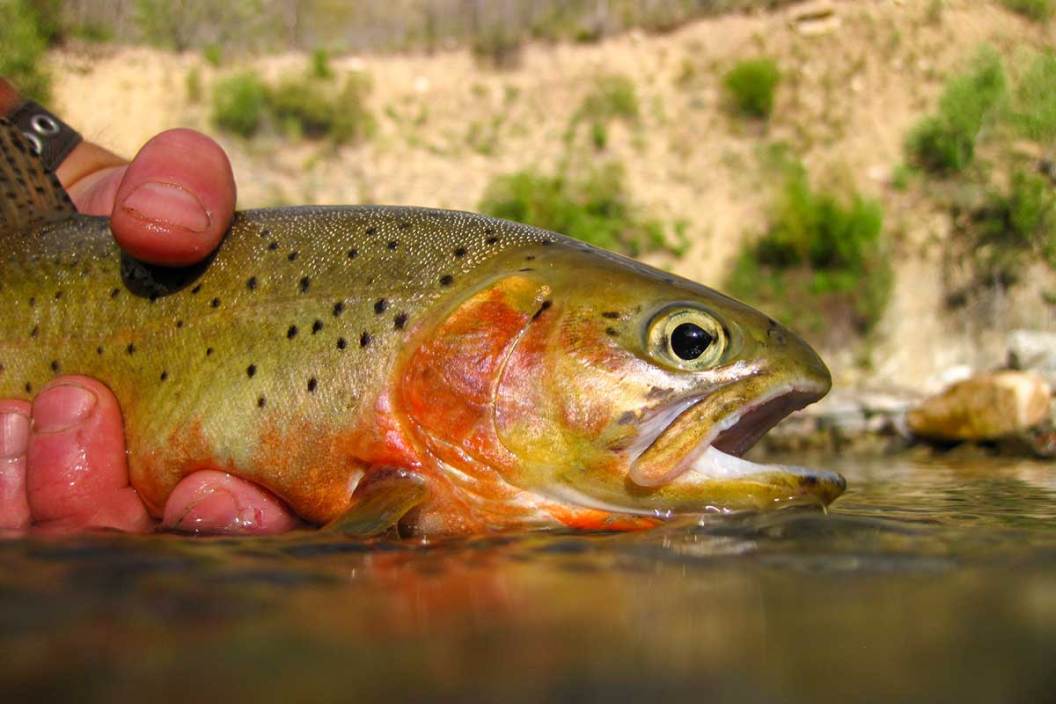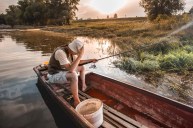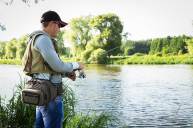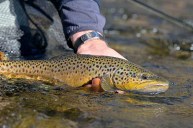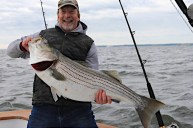When the summer arrives and the conditions warm, catching trout gets tougher and tougher. You shouldn't assume that it's not a good time to go trout fishing, but instead adapt your strategy to tilt the scales. It's true that in some pristine trout waters, angling for trout (a prototypical cold water species) during the heat of summer is off limits to reduce stress and harm to the fish. If it isn't outright banned, it's at least frowned upon in some places. But not all trout streams, rivers, and lakes have those restrictions, and in fact summer trout fishing can be as good or better than other times of the year. Depending on where you fish for them, trout can be susceptible to the hatch or a naturally-patterned Rapala with equal enthusiasm. As with any fishing, you're going to have to find them, target them, and then get a reaction out of them. As we all know, that's never as easy as it sounds, and sunshine and warm temps can make it more difficult. Summer fishing for any species can get a little tough, but take some of these tips and pointers and you can still manage some success.
Lake and Reservoir Trout
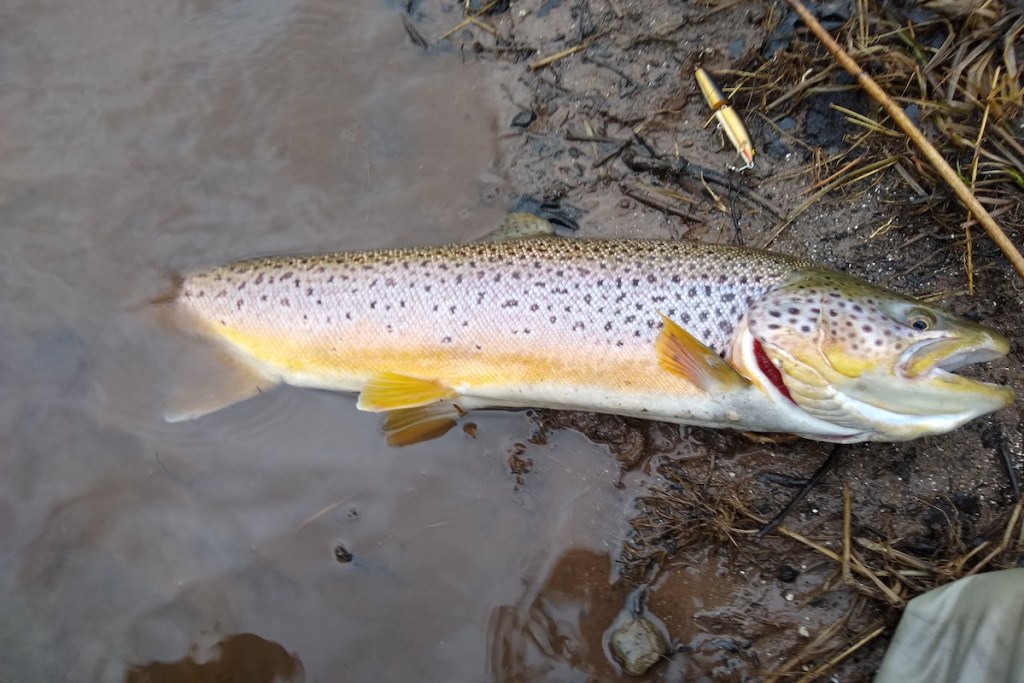
Craig Raleigh
I've learned a big lesson in my years of fishing. This goes for larger lakes, impoundments, and reservoirs: Find the thermocline, and you will find the fish. The surface temperature of the water in a lake can get excessively high during the summer, and the trout you are targeting will avoid it like the plague. The thermocline is an area of the water column that is well oxygenated and holds the perfect temperature for finicky rainbow or brown trout. It may be 20 to 30 feet down, but it is much more likely to hold fish during warm times of the year. It's where the forage fish will be, therefore the trout will be there, too. This is a great opportunity to troll with stickbaits, crankbaits, spoons, and even live-bait rigs for summer fish that are still actively feeding.
You can use lead-core line to ply the depths of any deeper lake or trout reservoir, but by far the best method is with a solid downrigger system. Some deep diving crankbaits will reach down, but not always to the desired depth, so now is a good time to brush up on your deep fishing tactics. If you're fly fishing, consider sinking line and weighted flies to get beneath the surface in a hurry.
Stream and River Fishing

JMichl/Getty
Summer fishing for trout on a smaller, flowing waterway can be done with either fly fishing or conventional gear with equal success. Even with a hatch on, traditional gear can still work. I like to use a lighter line and a clear bubble float when river fishing in the heat of the summer. It's imperative that you are on the water either early or late in the day, because the middle periods (as in, the hottest time of day) will typically prove to be unproductive no matter what you do.
Look for the deeper pools along with shaded areas that are adjacent to slower water. A great tactic is to find a feeder stream that leads into the main stream or river since it can carry extra oxygen and food from another source. And remember, summer if the main fishing season, so there may be pressure from other anglers. I you can fish weekdays instead of weekends or venture a little further into the backcountry, that may increase your odds.
Keeping It Small
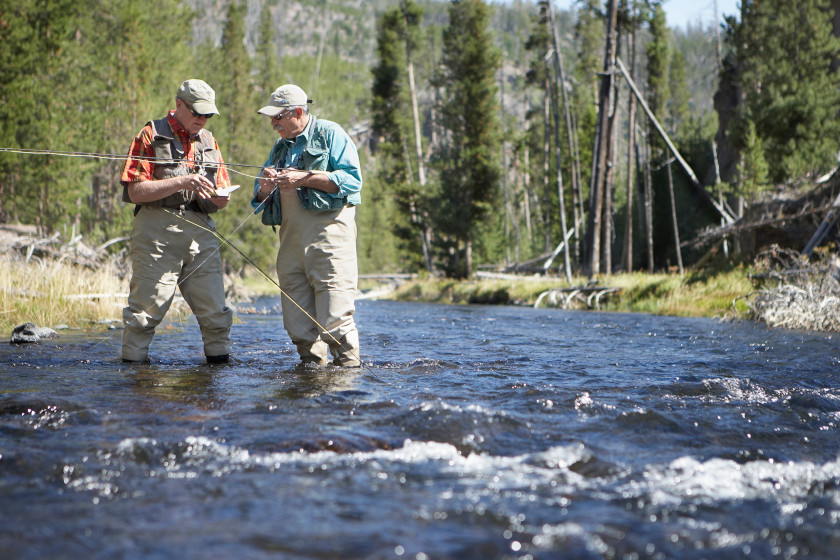
Getty Images: Stewart Sutton
For some streams and creeks, midsummer is the time to think about terrestrial imitations such as ants or grasshoppers, while in other areas it is the time for spinners and stickbaits. You'll want your lure or fly to look like the forage the trout are chasing, but it is still important to keep things on the small side. Small also pertains to the relative diameter of the line that you are using, but don't go so small as to risk a break off. Using 8- to 10-pound test fluorocarbon usually does well for summer trout.
Another very important thing to keep "small" is your profile. Now is the time for patience and stealth when approaching a productive-looking area, even more so if it is holding a single fish you've already spotted. Consider fishing camo apparel and take stock of your background to reduce your visible outline as much as you can.
On lakes and reservoirs, the onus is on the angler to find the fish and then try to detect a pattern. Follow the pattern, and you'll hopefully catch the trout.
Whatever water you hit, summer trout fishing can be tricky, but it's not impossible.
Please check out my book "The Hunter's Way" from HarperCollins. Be sure to follow my webpage, or on Facebook and YouTube.
READ MORE: WINTER TROUT FISHING: HOW TO FIND SUCCESS IN THE COLDEST OF SEASONS
